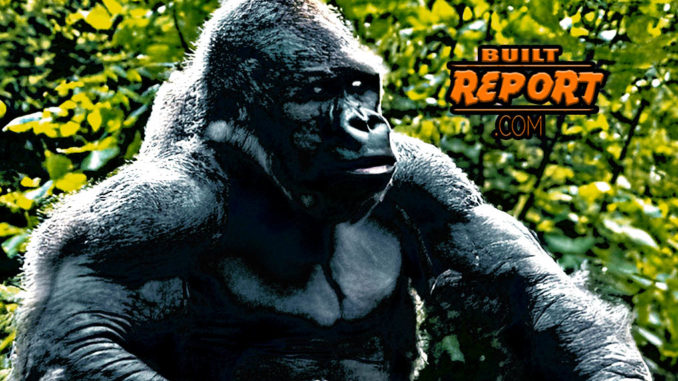
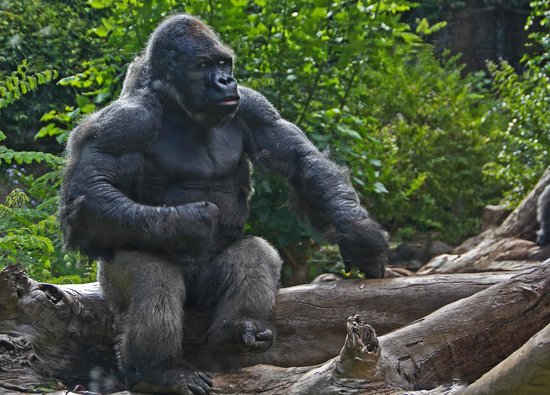

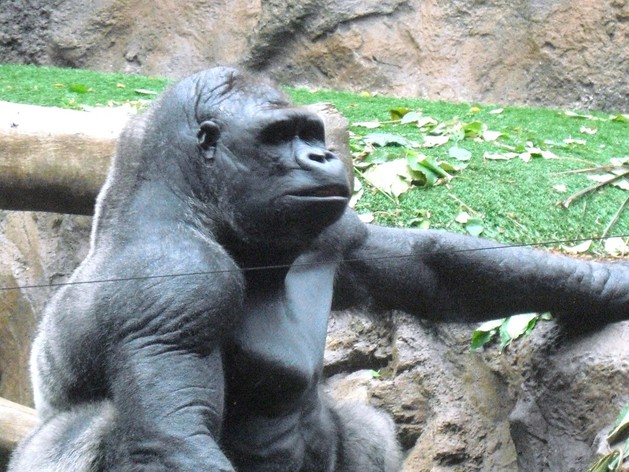
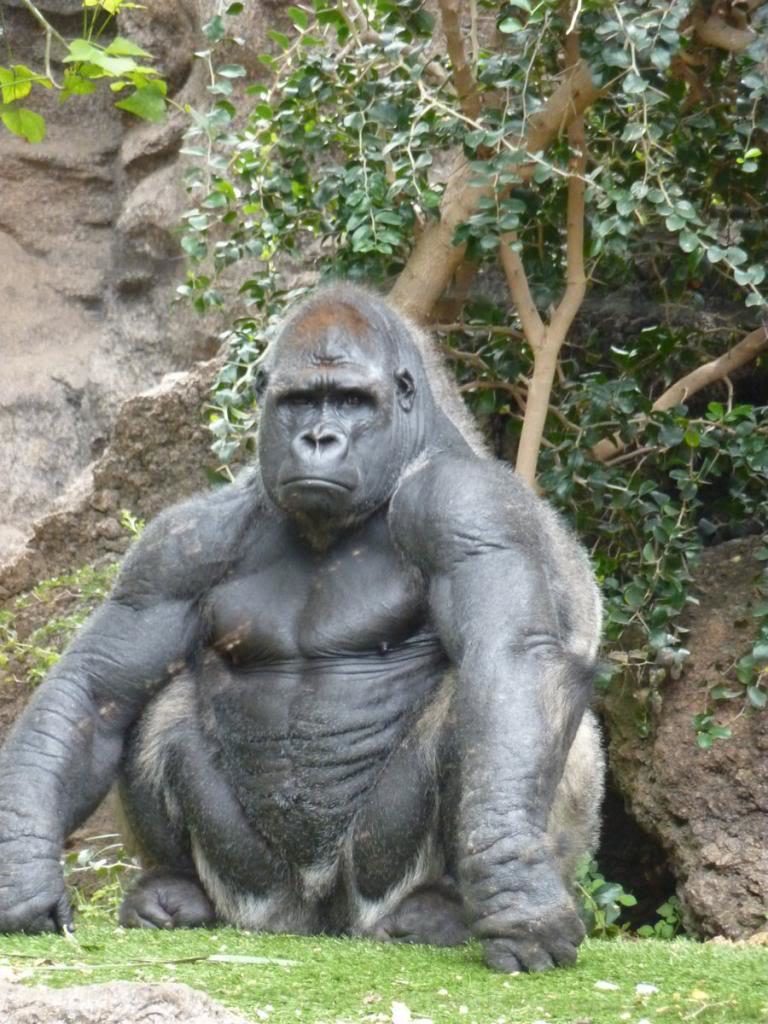


In the world of bodybuilding, aesthetics and muscle definition are paramount. Bodybuilders go to great lengths to showcase their chiseled physiques, and one common practice is shaving their bodies before competitions. This meticulous grooming not only accentuates the contours of their muscles but also serves to eliminate the distraction of body hair. It’s a process that reveals the full extent of their musculature, which is typically obscured by hair. However, while a hairless body is a conscious choice for bodybuilders, it takes on a different meaning when it comes to animals in captivity, particularly hairless gorillas.
Hairlessness in gorillas, whether due to health conditions or dietary factors, is quite unusual and often indicative of underlying issues. While bodybuilders opt for shaving, hairless gorillas are not making the same grooming choices. In the case of these majestic animals, their hairlessness serves as a visual marker of their health problems, and this offers a unique perspective for bodybuilders and fitness enthusiasts.
Diet and nutrition are critical factors when examining the phenomenon of alopecia (hair loss) in animals. Just as bodybuilders pay meticulous attention to their diets to achieve peak physical condition, dietary choices significantly impact the well-being of animals, even those in captivity. For example, a group of captive gorillas in Gabon experienced alopecia due to a diet lacking sufficient protein. This condition serves as a stark reminder of the essential role of nutrition in maintaining overall health and well-being.
In the wild, too, dietary choices can lead to alopecia. Animals that consume certain plants in excessive quantities can develop this condition. Consider the ring-tailed lemurs in Madagascar, who are known to consume Leucaena leucocephala plants containing an amino acid called mimosine. Unfortunately, this amino acid has been linked to alopecia in these lemurs, highlighting the intricate connection between diet and health.
One famous hairless gorilla that has garnered attention in photos is the one from Loro Parque zoo in Tenerife, Spain. Loro Parque, meaning “parrot park” in Spanish, is a vast zoo renowned for its diverse array of animal and plant species. The zoo, which initially focused on parrots, has grown into one of the Canary Islands’ premier attractions, drawing millions of visitors. The bald gorilla from Loro Parque serves as a symbol of the complex interplay between health, diet, and physical appearance, echoing the importance of these factors, even in the world of bodybuilding.
For bodybuilders and fitness enthusiasts, the story of hairless gorillas provides an intriguing parallel, reminding them of the significance of nutrition, health, and proper diet in their journey to achieve peak physical condition. Just as hairless gorillas serve as a visual indicator of underlying health issues, the connection between diet and bodybuilding is undeniable. The pursuit of a chiseled and muscular physique extends beyond exercise and requires meticulous attention to nutrition, underscoring the importance of a well-rounded approach to fitness and health.
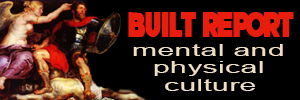
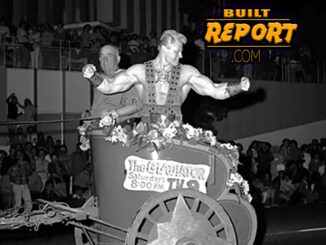
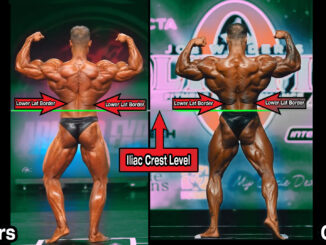
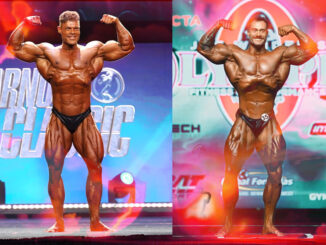
Be the first to comment